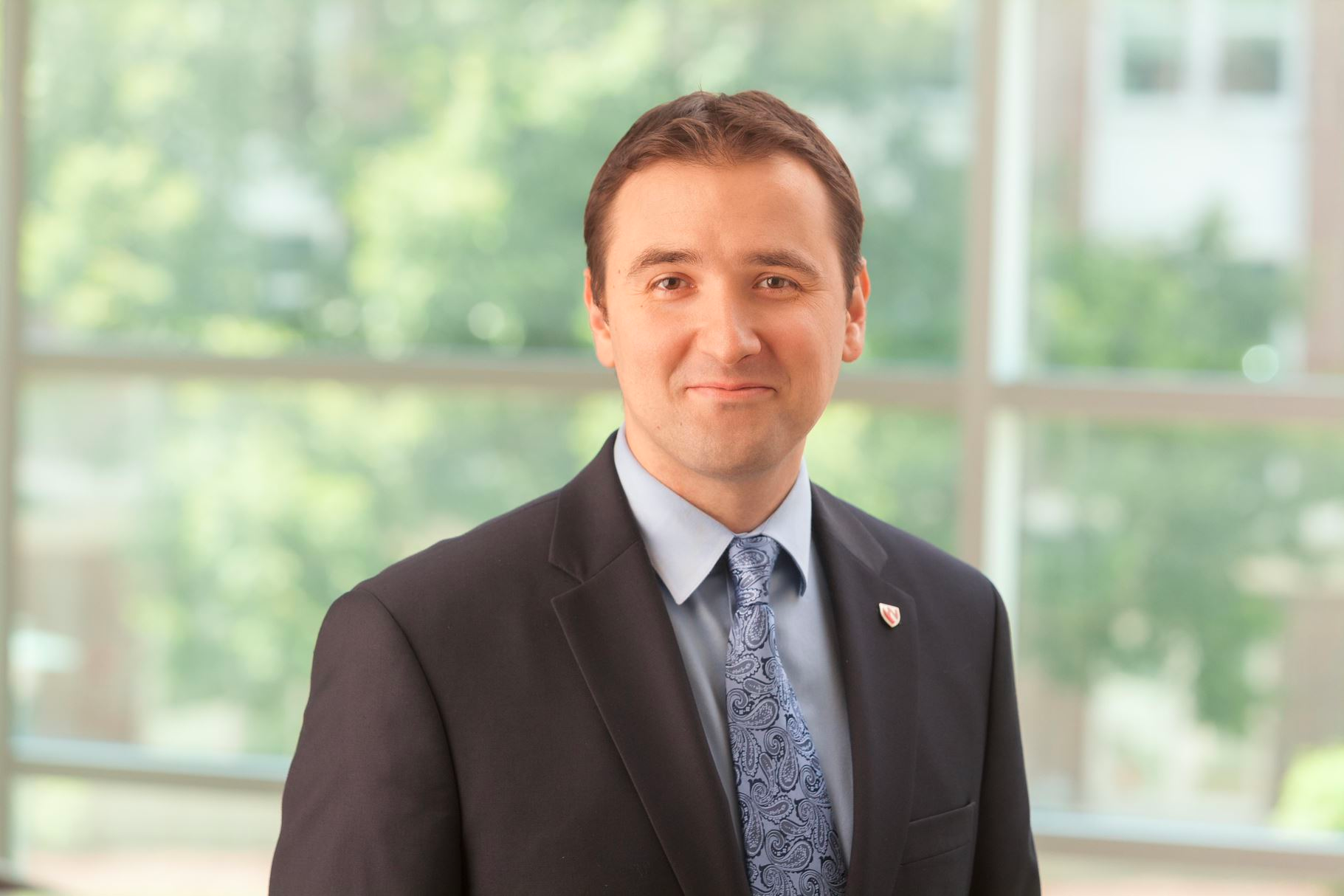Part 1: Assessing Transplant Eligibility Following Treatment for Multiple Myeloma
During a live virtual event, Muhamed Baljevic, MD, discussed what factors determine whether a patient with stage II multiple myeloma could receive autologous stem cell transplant.
Muhamed Baljevic, MD (Moderator)
Assistant Professor, Internal Medicine
Division of Oncology & Hematology
University of Nebraska Medical Center
Fred & Pamela Buffett Cancer Center
Omaha, NE

CASE SUMMARY
A 51-year-old man presented with pallor and worsening fatigue on exertion. His liver and heart function were adequate. A PET/CT scan showed lytic lesions in his ribs and L3 with no increased standard uptake. His ECOG performance score was 1. He received a diagnosis of standard-risk stage II multiple myeloma.
Laboratory results showed a hemoglobin level of 9.2 g/dL, urea nitrogen to creatinine ratio, lactate dehydrogenase, and calcium were within normal limits. The serum β2-microglobulin level was 4.1 mg/L, serum albumin: 3.2 mg/dL, serum M-protein: 1.5 g/dL, λ free light chains: 110 mg/dL. A bone marrow biopsy showed 66% plasma cells. Fluorescence in situ hybridization showed deletion 13q.Urine protein electrophoresis showed a M spike of 400 mg of λ free light chains in 24 hours. An immunoglobin test was positive in urine and serum free light chains.
DISCUSSION QUESTIONS
- How do you discuss prognosis with your patients in the modern era?
- How do you define young patients?
- Who is eligible for transplants in general?
- Do you look at the age, fitness, frailty, and performance status of patients?
- How much and which organ function do you care about?
- Is it important to rule out concomitant cardiac amyloidosis and ask about patients’ preferences?
BIRENDA KUMAR, MD: I’m a hematologist-oncologist in the Minneapolis area. I work for the University of Minnesota health system in general practice as part of a bigger group. So I see all kind of patients, including [those with multiple] myeloma. The prognosis of multiple myeloma has been improving since I finished my fellowship in 2004.
There are a lot of new drugs, and I tell patients about what I did during my fellowship when we would use VAd [vincristine, doxorubicin, dexamethasone] and others. Now we have so many agents and the prognosis keeps improving. I don’t give them a timeline but often tell them [the survival rate] exceeds 10 years and probably will continue to improve.
Obviously, we all use our training to decide [whether a patient is frail] and…the transplant center dictates what the transplant eligibility is. Over the years I’ve [come to know] what Mayo Clinic or the University of Minnesota prefer.
MUHAMED BALJEVIC, MD: Are there any age cutoffs, for example, in your clinic that discourage you from even thinking about referring a patient to any transplant center?
KUMAR: Usually, for almost everybody [older than] 75 years, I will discuss if I think they are eligible, but I can pretty much say they are not a transplant candidate. But for those [younger than] 75 years, I will discuss at least taking an evaluation.
BALJEVIC: Fair enough. Those were very good points. I am also a transplant physician at my center and absolutely agree. One of the main points that I try to discuss with patients as well as colleagues is that there’s no rigidly set age cutoff.
I have transplanted patients who were [older than] 75 years, and some of the centers have transplanted patients even older than that. So we look at the so-called physiologic age rather than chronologic age, and if patients are very fit with excellent baseline organ functions and are interested in autologous stem cell transplant [ASCT] for their myeloma or AL [amyloid light-chain] amyloidosis, in particular, there’s perhaps a bigger margin of benefit with the ASCT. Certainly, we have done that and we [consult with colleagues in geriatrics] and use some of the scoring tools for transplant risk stratification in trying to understand if we can identify patients at risk of complications.
SAURABH CHHABRA, MD, MS: I am from the Medical College of Wisconsin [in Milwaukee]. I was surprised when I [received a referral today for] a 97-year-old patient for transplant. This is the oldest patient who’s been referred to me. We are well-known in the community, and we get referred all the time for patients who are in their early to mid-70s.
I don’t have a cutoff age in my mind, but I’m not really excited about taking someone who’s 80 [years or older] to transplant unless they have high-risk disease based on their cytogenetics or extramedullary disease. For the patient I saw today, I declined transplant.
BALJEVIC: I have had a couple of referral [patients] in their 90s. None of them were for transplant, but for how to manage their disease. The center where I trained is where I saw some of these upper cutoff age groups being transplanted, but, truth be told, these were individuals who were running marathons and looked younger than their age. I agree with you, especially if they have high-risk disease. Those are very well-made points.
ASCO [American Society of Clinical Oncology] has general criteria for assessing ASCT eligibility.1 They recommend that patients should be referred to a transplant center to determine transplant eligibility and chronologic age, and [they state that] renal function should not be the sole criteria used to determine ASCT eligibility.
Many of us have transplanted patients on dialysis and, quite frankly, even patients with congestive heart failure who are NYHA [New York Heart Association] class I or II. [Patients who are] stable and controlled on medical management have also been successfully transplanted.
Reference:
1. Mikhael J, Ismaila N, Cheung MC, et al. Treatment of multiple myeloma: ASCO and CCO joint clinical practice guideline. J Clin Oncol. 2019;37(14):1228-1263. doi:10.1200/JCO.18.02096